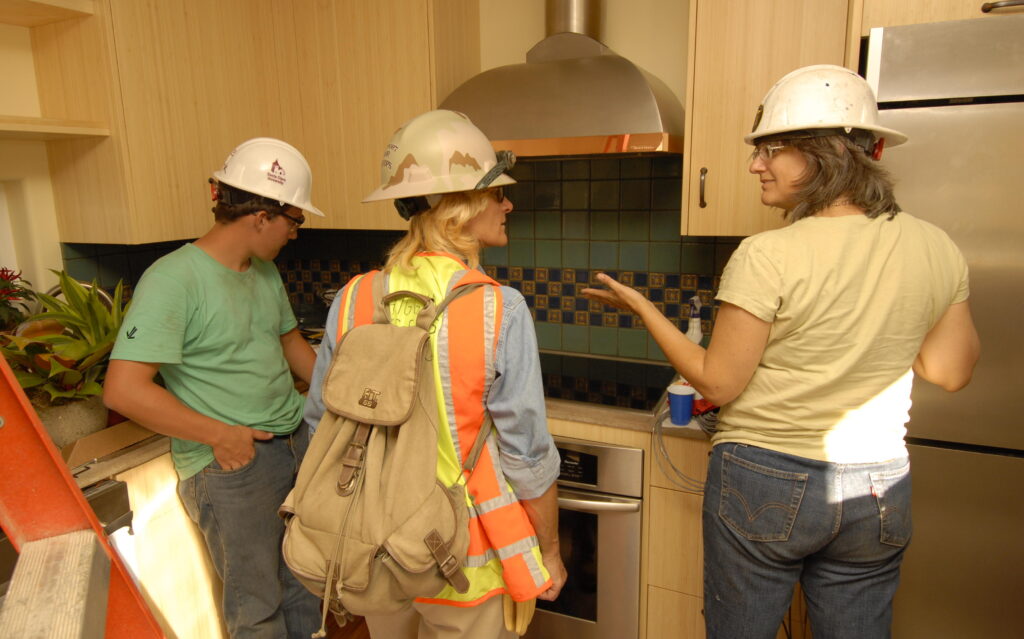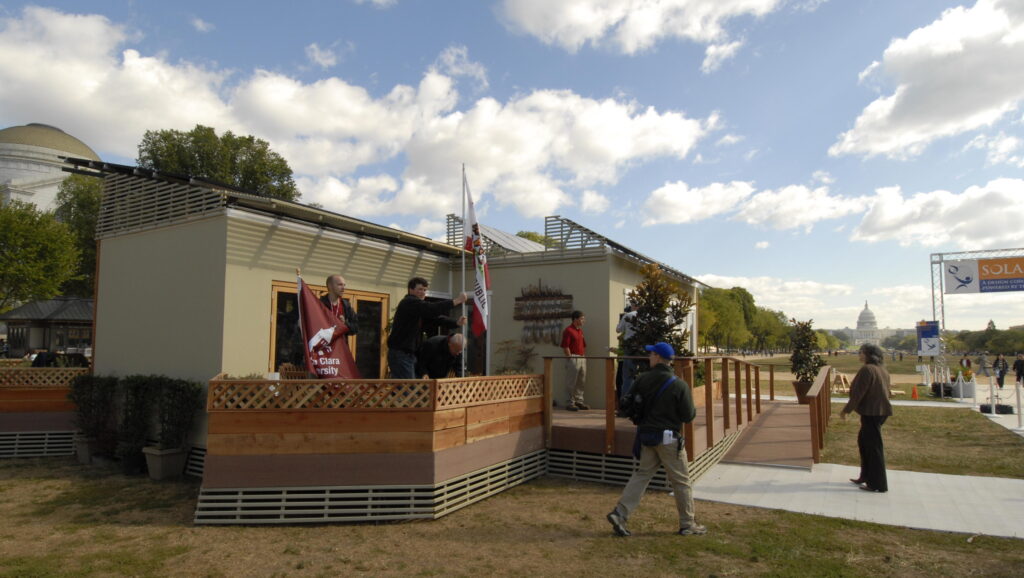
I truly believe that you will be happier when you are surrounded by beauty, charm that is tailored for who YOU are and what YOU like.
I also believe that someone should make sure that our furniture, our rugs, plumbing and our paint are healthy for the families in the home and for the environment we all share.
Sadly, this is not currently true. If you get me started talking about the TSCA (Toxic Substances Control Act) you will get an earful.
A big part of my motivation to start, and continue running, my business is the knowledge that I am creating solutions for my clients, making their homes more functional, more comfortable and healthier.
But an interior designer does not have the power to affect all of the features of a building. Many of the characteristics of the built environment that have the greatest effect on the world are the energy and water that a building will use over its lifetime. Creating better solutions in these areas are in the hands of the architects, engineers, and skilled builders that create homes.

I am tremendously excited that I will be acting as a juror for the upcoming Orange County Sustainability Decathlon. This such a great opportunity, because it allows me to more broadly support sustainable housing, and encourage the next generation of building professionals.
The OCSD is a collegiate Sustainable Home competition where multidisciplinary teams design, build, and market an off the grid home. Then they transport those homes to a solar village, so that the public can view, tour, and learn about sustainable living. During the time the solar village is set up, each house is judged in 10 Categories, thus the name of Decathlon.
I had been involved previously in the Solar Decathlon program put on by the Department of Energy (DOE) in Washington DC. I did the space planning and interior design for the Santa Clara University house, and consulted on the Stanford University entrant six years later. The Santa Clara house won third overall in that year’s international contest.
I was particularly proud that their house made it to the Solar Village in Washington DC at all. They had the longest overland distance to transport their house, broke an axle on the way across the country, and had only four days to complete their house rather than the full week that the other teams used to build.

One thing that has stayed with me from that event, was Richard King’s answer when asked why he was so passionate about founding in the USDOE Solar Decathlon in 2000. He said “that a young person cannot unlearn something that they have learned to be true.” Each of the students involved in these collegiate build teams learns that it is possible to design and build a house that is low carbon and entirely off the grid. These bright engineering students will then go forward with that knowledge for the rest of their careers. These small houses prove that energy independence is possible.
So I am so pleased to give back to young house designers, architects, builders and engineers, by volunteering my time to be involved in this contest. Each of them will be part of the solution.
